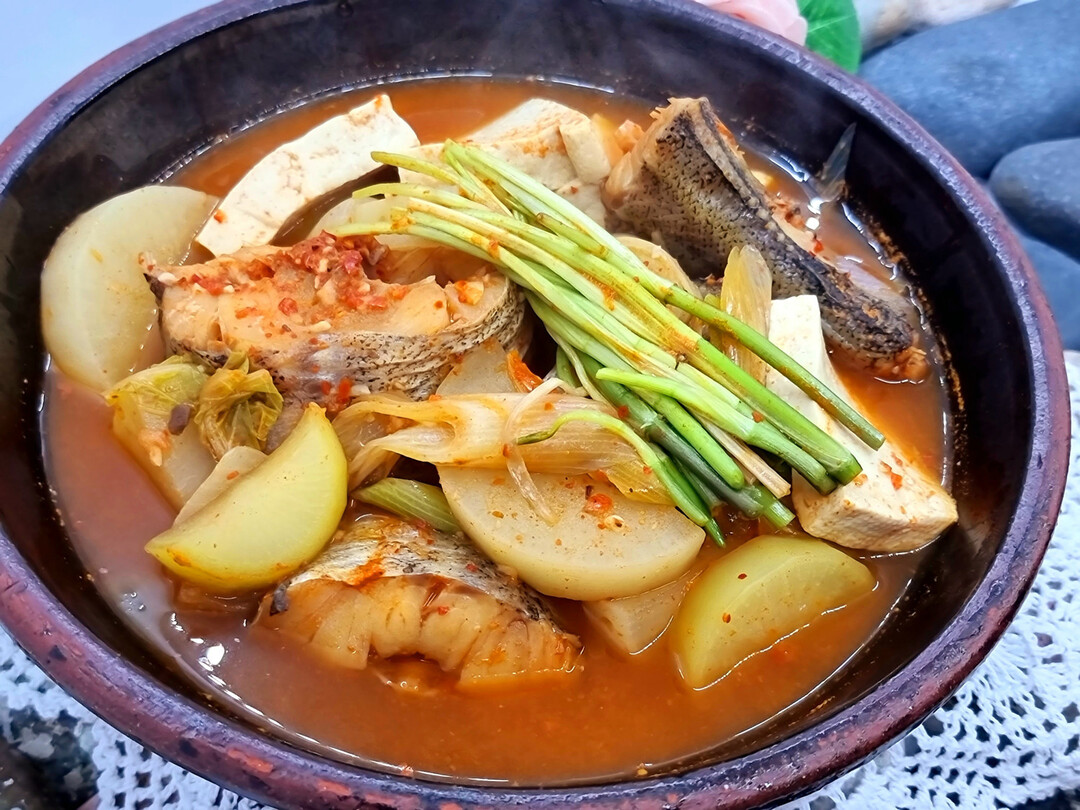
Seoul, South Korea – Dongtae Jjigae, a beloved Korean fish stew, has warmed the hearts and bellies of Koreans for centuries. This hearty and flavorful dish is made with dongtae, a type of cod that is commonly found in the cold waters surrounding the Korean Peninsula.
A Brief History
The exact origins of dongtae jjigae are somewhat murky, but it is believed to have emerged during a time when Koreans relied heavily on seafood for sustenance. As a coastal nation, Korea has a rich culinary tradition centered around fish and shellfish. Dongtae, with its firm, white flesh, was a popular choice for stews due to its ability to withstand long cooking times and absorb flavors well.
How It's Made
Dongtae jjigae is typically prepared with a combination of vegetables, such as potatoes, onions, and green onions, along with various seasonings including gochujang (Korean red pepper paste), soy sauce, and garlic. The stew is often thickened with a potato starch slurry to create a rich and satisfying broth.
To make dongtae jjigae, the fish is cut into serving-sized pieces and marinated in a mixture of soy sauce, garlic, and ginger. The vegetables are then sautéed in oil before being added to a pot along with the fish and the remaining ingredients. The stew is simmered until the fish is cooked through and the flavors have melded together.
A Taste of Korea
Dongtae jjigae is a staple of Korean home cooking and is often served during the cold winter months. Its spicy, savory flavor and hearty ingredients make it a comforting and satisfying meal. The stew can be enjoyed on its own or served with a bowl of steamed rice.
Cultural Significance
Beyond its delicious taste, dongtae jjigae holds cultural significance for Koreans. It is a dish that brings people together and is often enjoyed during family gatherings and special occasions. The stew's versatility allows for regional variations, with different regions adding their own unique ingredients and flavor profiles.
In recent years, dongtae jjigae has gained popularity beyond Korea, and it can now be found on the menus of many Korean restaurants around the world. As a testament to its enduring appeal, this hearty fish stew continues to be a beloved dish that represents the best of Korean cuisine.
[Copyright (c) Global Economic Times. All Rights Reserved.]






























